New research at the University of California, Harvard University, and Stanford University has led to the discovery of a possible “youth serum” for mice, and perhaps also humans.
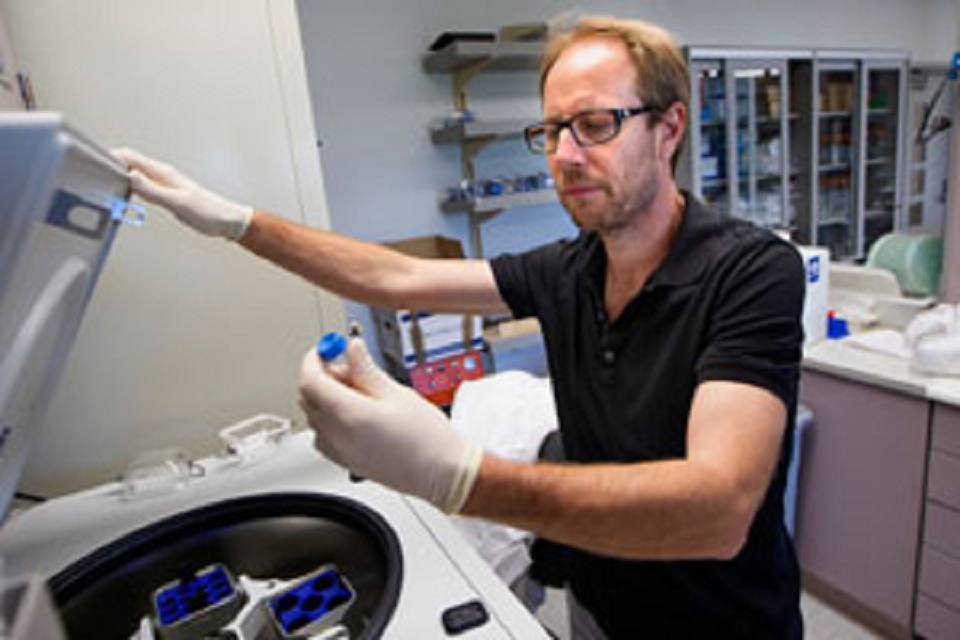
The scientists gave old mice the blood from younger mice and this made them stronger, it increased their endurance, they were able to exercise longer and they also performed better in mental tests – with higher results in both learning and memory tests.
This discovery naturally spurred the researchers for further research. They wanted an answer to what specific compound found in the blood of the younger mice, that was the cause of these apparent effects.
The researchers then set about to track the effects and possibly pin down numerous important molecular, neuroanatomical and neurophysiological changes in the brains of the old mice that shared the blood of young mice.
In the Harvard University paper, the researchers focused on a protein that is more abundant in the blood of younger mice. This is a protein called GDF11 (Growth differentiation factor 11) that can also be found in the blood of humans.
But with declining concentration with age. When the researchers injected old mice with this specific protein, they increased their grip strength and also their endurance performance on a treadmill.
The Harvard researchers then found that both the blood of younger mice and GDF11 injections made the old mice develop more blood vessels and this increased the blood flow into their brains. The researchers also noted more and stronger neural connections in a region of the brain called the hippocampus.
The resulting effect of these anatomical changes was an improved brain function. For example, it made the mice better at recalling where to find a submerged platform in a maze.
Future research will now aim to assess the effects in humans and it indeed is found to be successful, this could spell a whole new approach to treating aging brains and perhaps aging in general. It could pose a potent ally for treating age-related mental decline, perhaps dementia and even new therapeutic approaches to treating Alzheimer’s disease. A clinical trial is expected to begin in the next three to five years.
Saul Villeda, at the University of California in San Francisco and author of one of the studies; “The evidence is strong enough now, in multiple tissues, that it’s warranted to try and apply this to humans,”.
The studies done in collaboration between different research teams at different Universities has been published online in the journal Science, coinciding with a blood-transfusion study published in Nature Medicine.
_______________
Young blood reverses age-related impairments in cognitive function and synaptic plasticity in mice
Restoring Systemic GDF11 Levels Reverses Age-Related Dysfunction in Mouse Skeletal Muscle
Vascular and Neurogenic Rejuvenation of the Aging Mouse Brain by Young Systemic Factors
Infusion of young blood recharges brains of old mice
______________________________

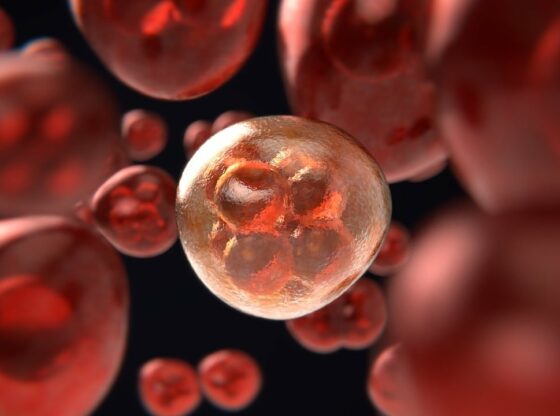

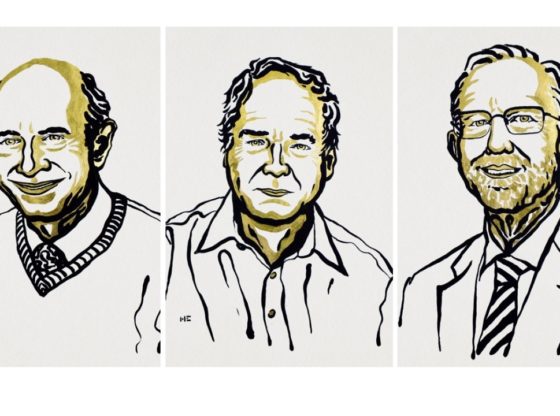
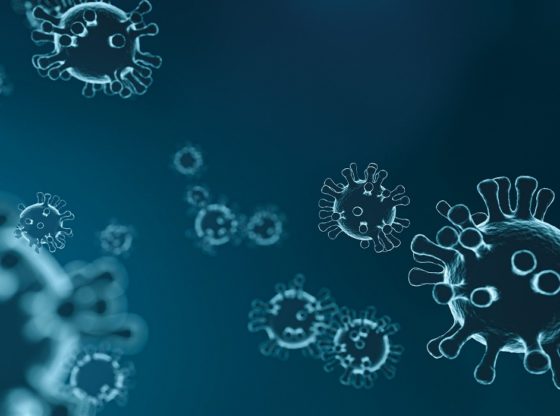
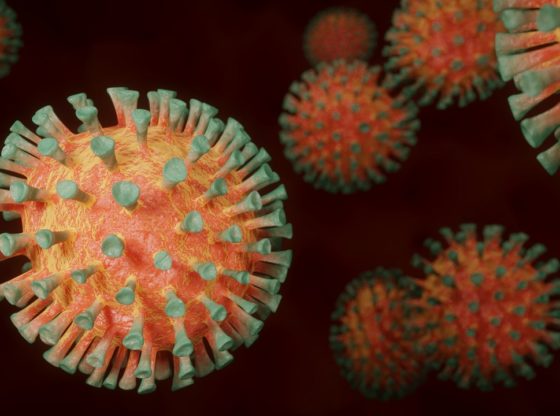
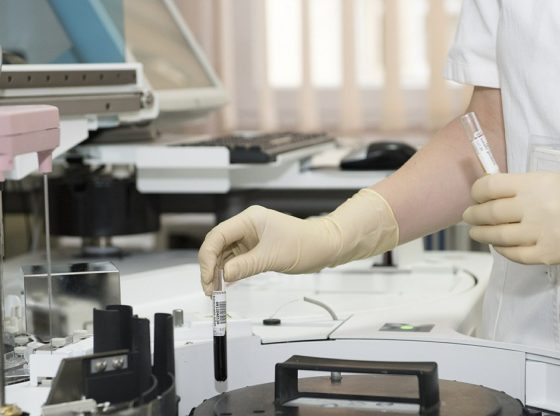
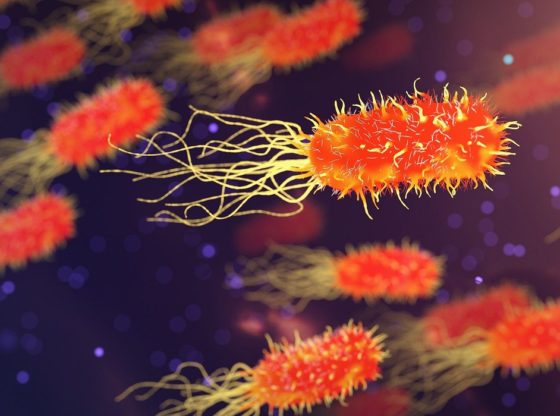
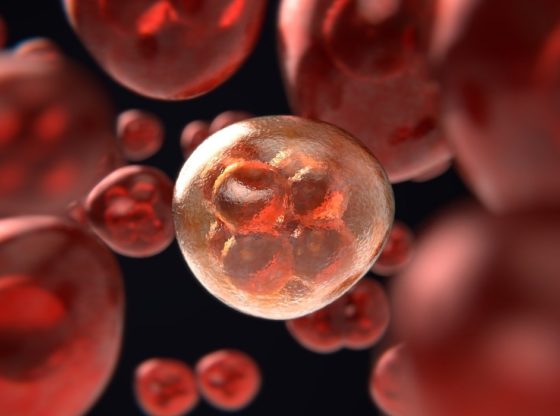

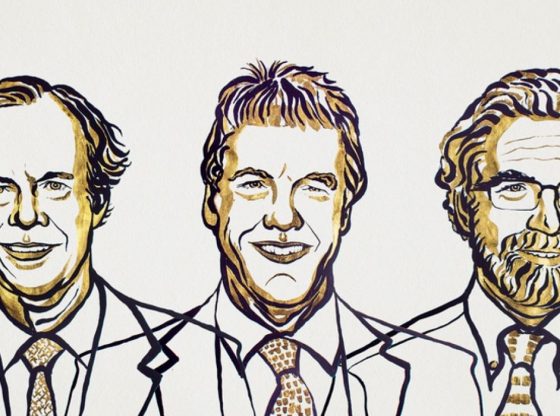
![OpenAI. (2025). ChatGPT [Large language model]. https://chatgpt.com](https://www.illustratedcuriosity.com/files/media/55136/b1b0b614-5b72-486c-901d-ff244549d67a-350x260.webp)
![OpenAI. (2025). ChatGPT [Large language model]. https://chatgpt.com](https://www.illustratedcuriosity.com/files/media/55124/79bc18fa-f616-4951-856f-cc724ad5d497-350x260.webp)
![OpenAI. (2025). ChatGPT [Large language model]. https://chatgpt.com](https://www.illustratedcuriosity.com/files/media/55099/2638a982-b4de-4913-8a1c-1479df352bf3-350x260.webp)








